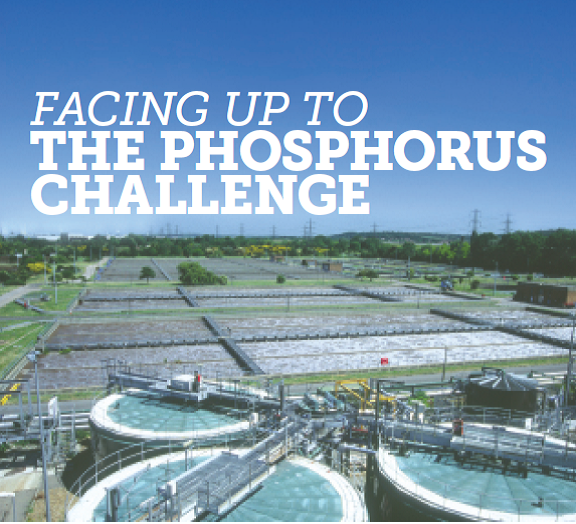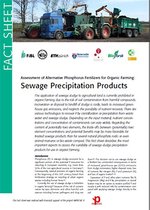New fact sheets assessing the use of meat and bone meal and urban organic wastes
The loss of phosphorus in exported products is a concern for all organic producers. The IMPROVE-P team compiled factsheets on meat and bone meal and recycled urban organic wastes in organic farming. They provide a comprehensive overview of the current information on these relevant nutrient sources.

Long-term phosphorus management is one of the most important management challenges in organic farming, as highly soluble P fertilizers derived from fossil sources are not allowed and do not contribute to the basic ideas of closing nutrient cycles.
Meat and bone meal
Today, only small shares of the available meat and bone meal are used to produce fertilizers, as feed utilization is much more profitable than utilization as fertilizer. Nevertheless, meat and bone meals are especially well suited for fertilization of nitrogen-demanding crops on acidic soils and low plant phosphorus availability.
However, in order to comply with organic principles, several aspects must be considered for the use of meat and bone meal such as origin, the content of pollutants and potential risks for animal and human health. Pasteurisation or sterilisation are the most effective ways to ensure that bone and meat meal fertilizers meet the organic farming principles while minimizing risk to consumers. Incineration or melting in a cupola furnace are alternative treatment options. However, these processes lead to losses of organic matter as well as nitrogen and sulfur and affect the phosphorus availability.
Urban organic waste
Organic household wastes, food-processing residues and catering wastes are other important potential sources for recycling nutrients. Main treatment options for these sources are composting and anaerobic digestion. Both compost and digestates positively influence several soil properties like soil organic carbon, microbial activity and soil pH, and show relatively high direct plant phosphorus availability.
While composts contain little amounts of easily soluble nitrogen, digestates have high N content, which has made them controversial fertilizers in organic agriculture. While the relationship between potentially toxic elements and nutrient concentration is more favourable with digestates, storage, handling during transport and field application are easier with composts.
Sewage sludge
The application of sewage sludge to agricultural land is currently prohibited in organic farming due to the risk of soil contamination from harmful compounds. Incineration or disposal to landfill of sludge is costly, leads to increased greenhouse gas emissions, and neglects the possibility of nutrient recovery.
There are various technologies to recover P by crystallization or precipitation from waste water and sewage sludge. Depending on the input material, nutrient concentrations and concentration of contaminants can vary widely. Regarding the content of potentially toxic elements, the trade-offs between (potentially) toxic element concentrations and potential benefits may be more favorable for treated sewage products than for several natural phosphate rocks or even animal manures or bio-waste compost.
Further information
shop.fibl.org: Assessment of Alternative Phosphorus Fertilizers for Organic Farming: Meat and Bone Meal
shop.fibl.org:
Assessment of Alternative Phosphorus Fertilizers for Organic Farming: Compost and Digestates from Urban Organic Wastes
shop.fibl.org:
Assessment of Alternative Phosphorus Fertilizers for Organic Farming: Sewage Precipitation Products
Read more
Project website: Information on the IMPROVE-P project
Read the article: "Facing up to the phosphorus challenge"


